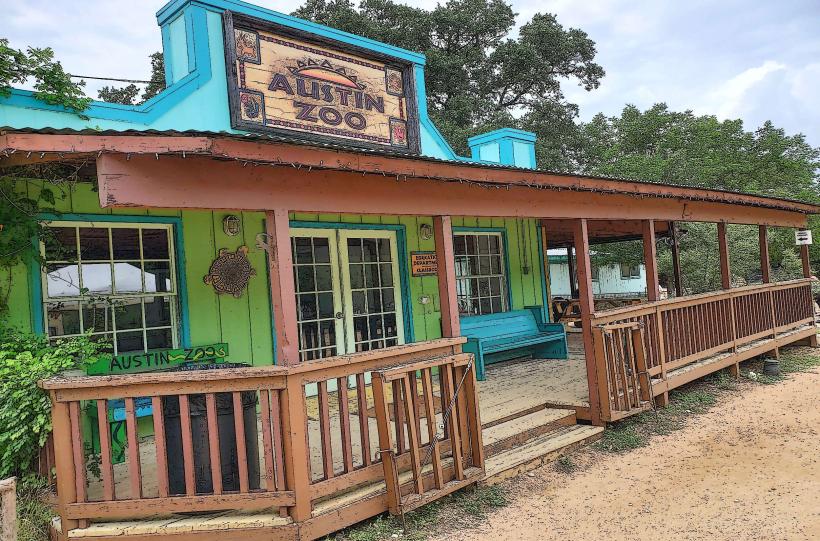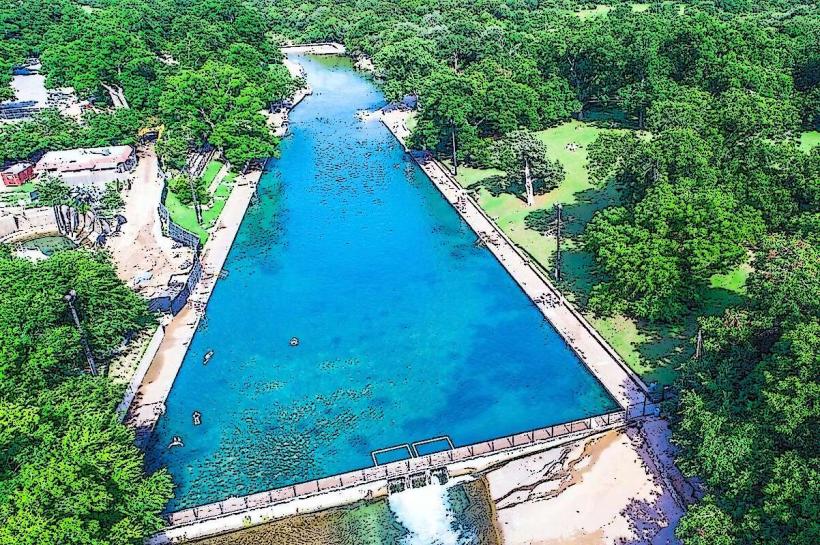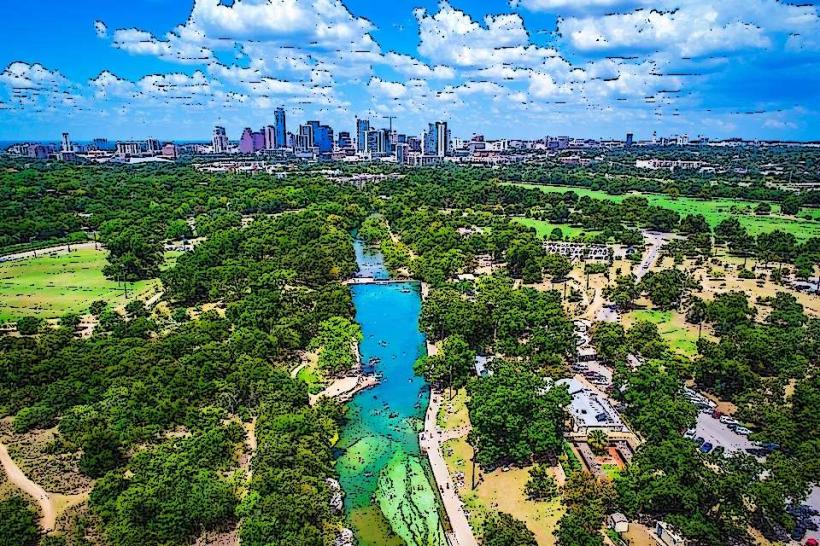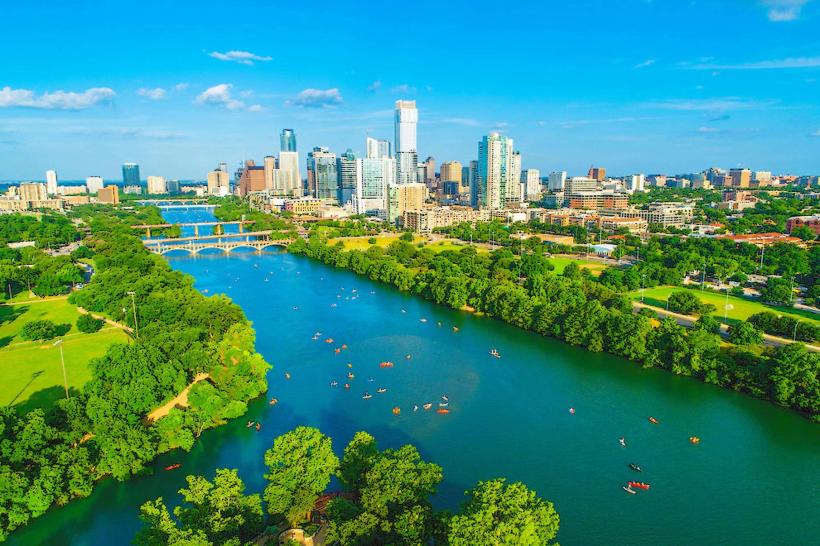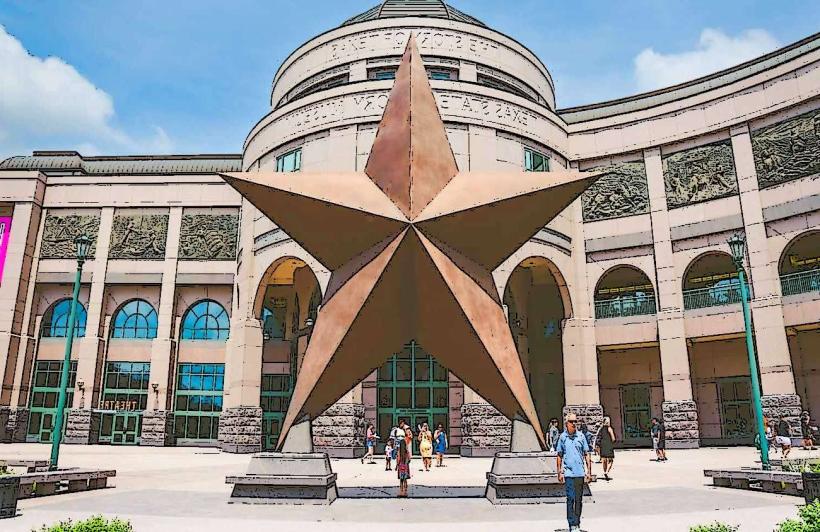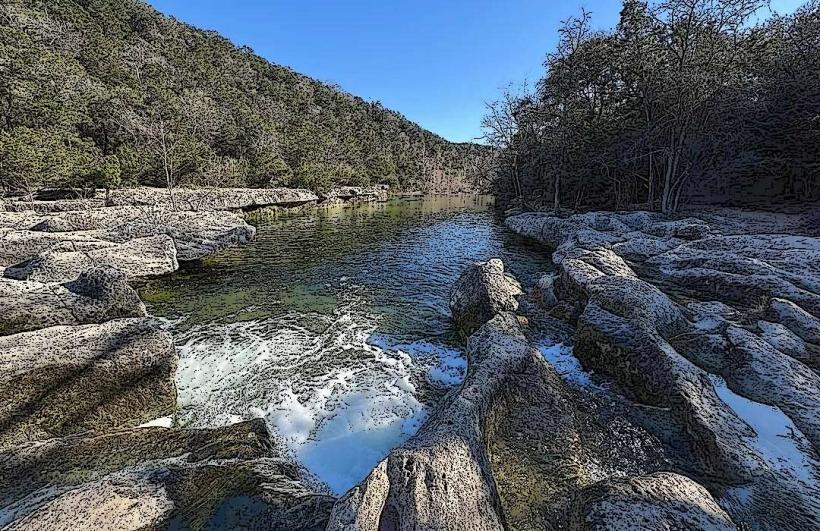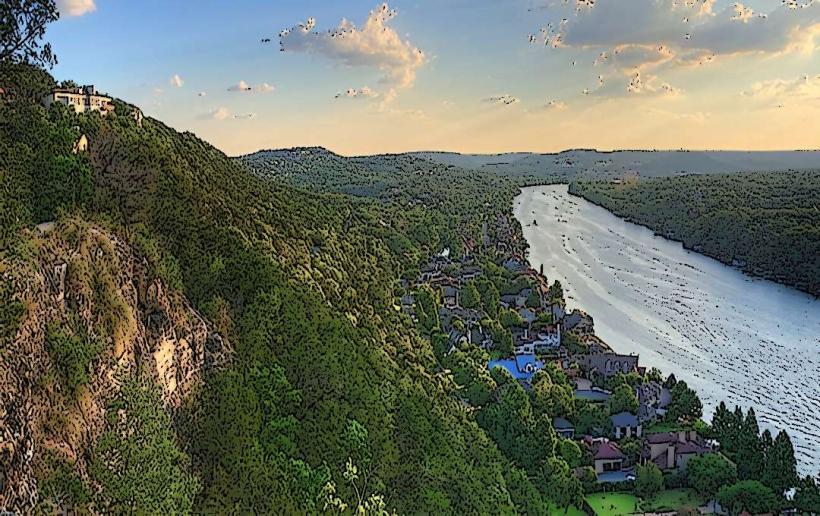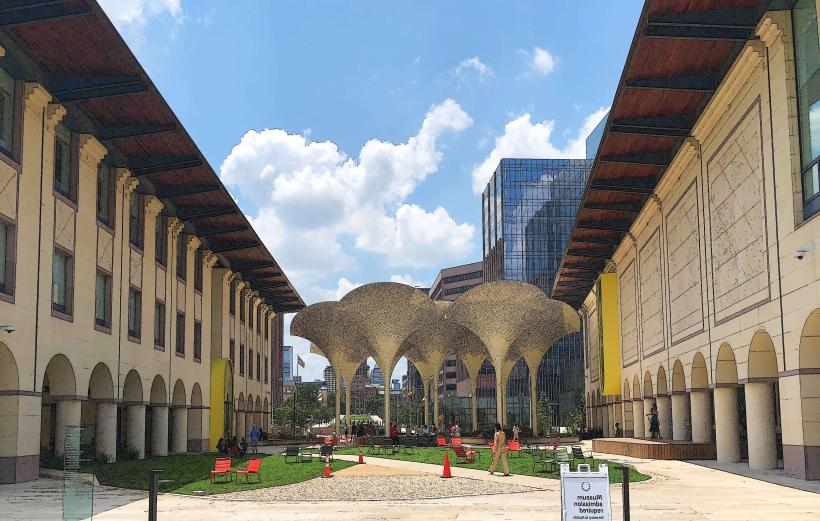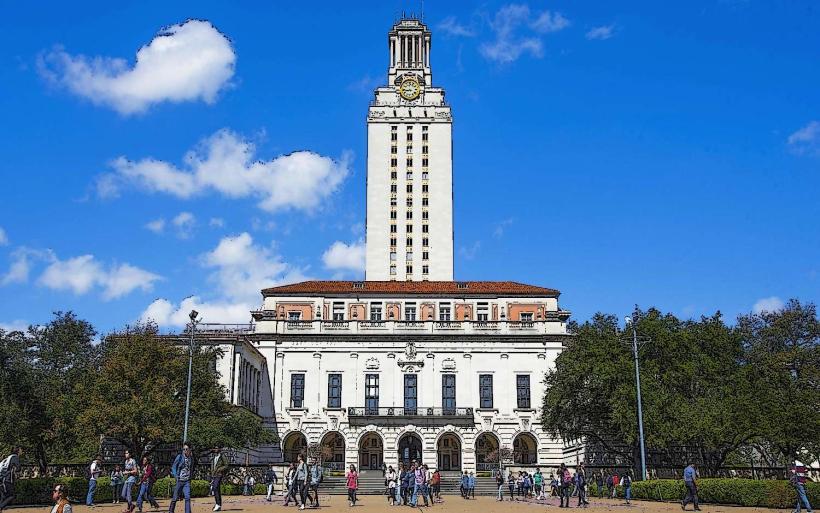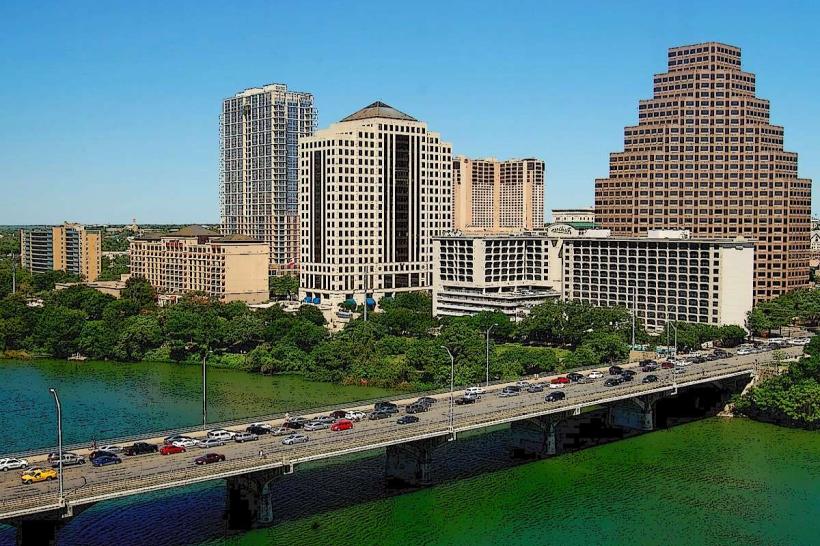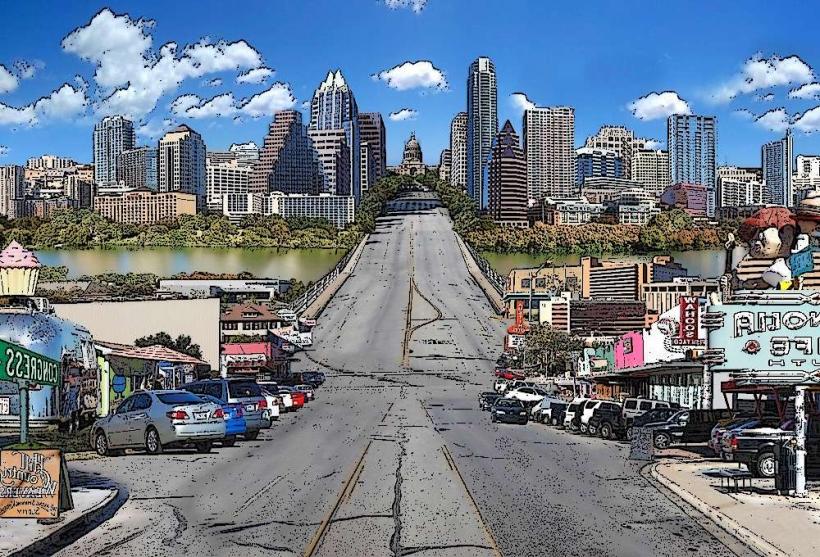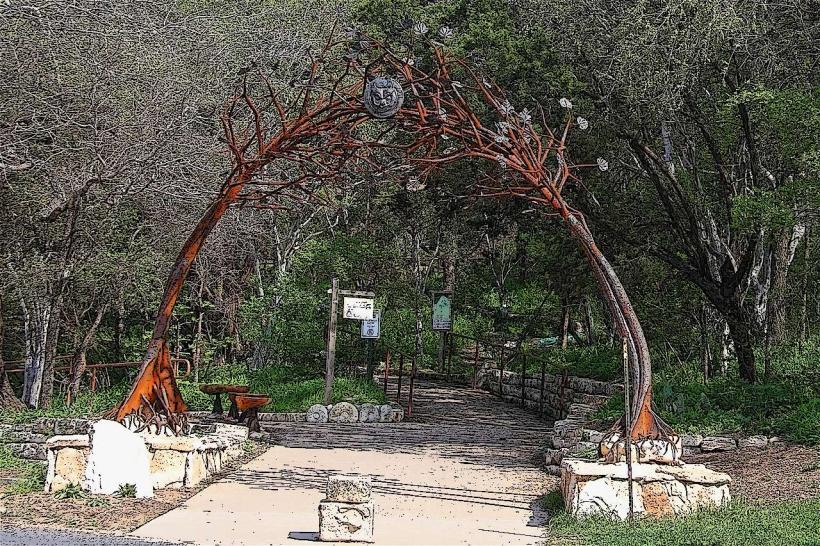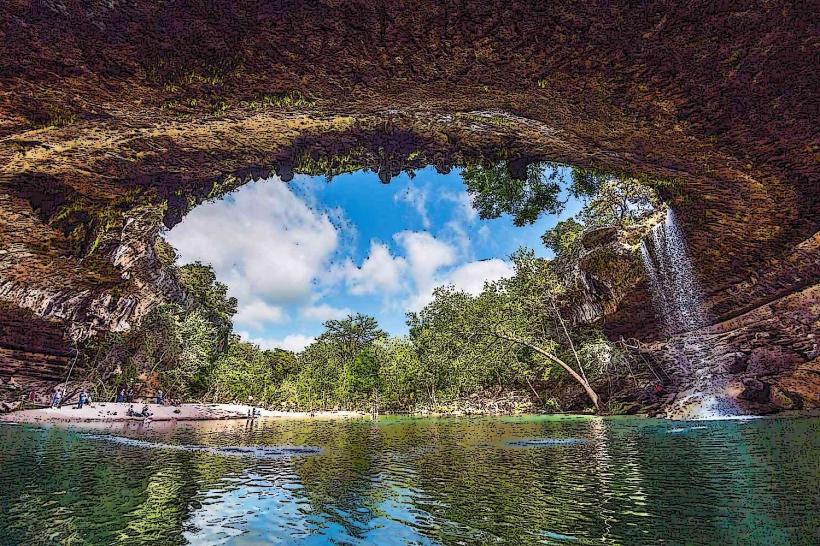Information
Landmark: Texas State CapitolCity: Austin
Country: USA Texas
Continent: North America
Texas State Capitol, Austin, USA Texas, North America
The Texas State Capitol is one of the most prominent landmarks in Austin, Texas, and a symbol of the state's history, government, and architectural achievement. It serves as the home of the Texas Legislature and the office of the Governor of Texas. Here’s an in-depth look at its history, design, significance, and visitor information:
History and Significance
Construction: The Texas State Capitol was designed by architect Elijah E. Myers and constructed between 1882 and 1888. The building was built on the site of the previous capitol, which was destroyed by fire in 1881. The Capitol was constructed with Texas granite, a durable stone that gives it its distinctive reddish hue. The Capitol’s design is modeled after the U.S. Capitol in Washington, D.C., though it is larger in both size and height.
Historical Context: The Texas State Capitol’s construction was funded in part by the XIT Ranch, which was granted land in the Texas Panhandle as compensation for building the capitol. The XIT Ranch became one of the world’s largest cattle ranches. The building was dedicated in a grand ceremony on May 16, 1888, and attracted thousands of visitors. It was added to the National Register of Historic Places in 1970 and designated a National Historic Landmark in 1986.
Restorations and Extensions: Over the years, the Capitol has undergone several renovations, including a major restoration project in the 1990s, which helped preserve its historical features. An underground extension was also added in 1993 to provide additional office space and modern amenities while preserving the building’s exterior.
Architectural Design and Features
Exterior: The building is made from local red granite and stands as one of the largest state capitols in the U.S. The structure has four wings that are connected to the central rotunda by long corridors, and its dome is the second-largest of its kind in the United States, second only to the U.S. Capitol.
Dome: The dome of the Texas State Capitol is 302.64 feet tall (92.3 meters), which makes it taller than the U.S. Capitol's dome by 15 feet. This immense height and the dome’s detailed interior decoration make it one of the most iconic elements of the building.
Interior: Inside the Capitol, visitors will find a central rotunda, adorned with murals that reflect Texas’s history, culture, and the role of government. The interior includes a law library, legislative chambers, and committee rooms, as well as historical statues and busts that honor key figures in Texas history. The House of Representatives and Senate chambers are open for public viewing when not in session, and the Capitol building is full of educational exhibits.
Grounds: The Capitol sits on 22 acres of beautifully landscaped grounds that include statues and monuments to Texas heroes, such as the Heroes of the Alamo Monument and the Texas Cowboy Monument. These landmarks honor the people and events that shaped Texas’s identity.
Visitor Information
Hours of Operation:
The Capitol building is open from 7:00 a.m. to 10:00 p.m. daily, allowing visitors to explore the grounds and exterior freely.
Capitol Grounds are open daily from 7:00 a.m. to 10:00 p.m. as well.
The Capitol building is closed on Easter Sunday, Thanksgiving Day, Christmas Eve, Christmas Day, and New Year’s Day.
Guided Tours:
Guided Tours are available Monday through Friday from 9:30 a.m. to 3:30 p.m., and on weekends from 12:30 p.m. to 3:30 p.m. These tours offer a deeper insight into the history and architecture of the building, led by knowledgeable staff.
Self-Guided Tours: Brochures are available at the north entry or Capitol Information and Guide Services Office to help visitors explore the building on their own. These brochures include key information about the building's history, architecture, and legislative process.
Accessibility:
The Texas State Capitol is fully wheelchair accessible, with ramps and elevators available throughout the building.
American Sign Language (ASL) interpreters are available for guided tours upon request, and large print and Braille publications are available to ensure accessibility for all visitors.
Wheelchairs can be provided on-site free of charge.
Key Features and Attractions
Statues and Monuments: The grounds are home to numerous statues and monuments celebrating historical figures, such as Stephen F. Austin (known as the Father of Texas) and Sam Houston, who played a vital role in Texas’s fight for independence. One of the most notable monuments is the Heroes of the Alamo Monument, which honors the defenders of the Alamo during the 1836 battle.
Rotunda and Murals: The rotunda of the Texas State Capitol is a focal point of the building, with murals and historic paintings that depict important moments in Texas history, including the founding of the Republic of Texas and its annexation into the United States.
House and Senate Chambers: These chambers are open to visitors when not in session. The House of Representatives chamber features rich wood paneling and elaborate decorative designs. The Senate chamber is similarly grand, with dark wood furnishings and detailed paintings.
The Dome Interior: Inside the dome, visitors can appreciate the intricate design and artwork that makes it one of the most stunning architectural features in the U.S. The rotunda ceiling features a painted dome that highlights key figures and moments in Texas history.
Recent Developments
In 2025, the Texas State Capitol is expected to see the installation of the Texas Life Monument, an eight-foot bronze statue depicting a mother and her unborn child. The monument would honor the state's anti-abortion movement and be the first addition to the Capitol grounds since 2018. The statue is being privately funded and is inspired by a similar monument in Washington, D.C. If approved, the monument will add a new layer of historical significance to the Capitol grounds.
How to Visit the Texas State Capitol
The Texas State Capitol is located at 1100 Congress Avenue, Austin, Texas 78701. Visitors can arrive by public transportation, taxi, or private car. Parking is available nearby, but it can be limited, especially during peak times when the Legislature is in session.
The Capitol is easily accessible to both locals and tourists, making it a must-see destination for anyone visiting Austin. Whether you're interested in the history, the architecture, or the political significance of the building, the Texas State Capitol offers a deep dive into the heart of Texas government and culture.
Conclusion
The Texas State Capitol is not just a building but a symbol of the state’s political, historical, and cultural heritage. It stands as one of the most beautiful and historically significant government buildings in the United States. Whether you're exploring the building's architectural grandeur, learning about Texas's political past, or enjoying a guided tour, the Texas State Capitol offers a memorable experience for all who visit.

